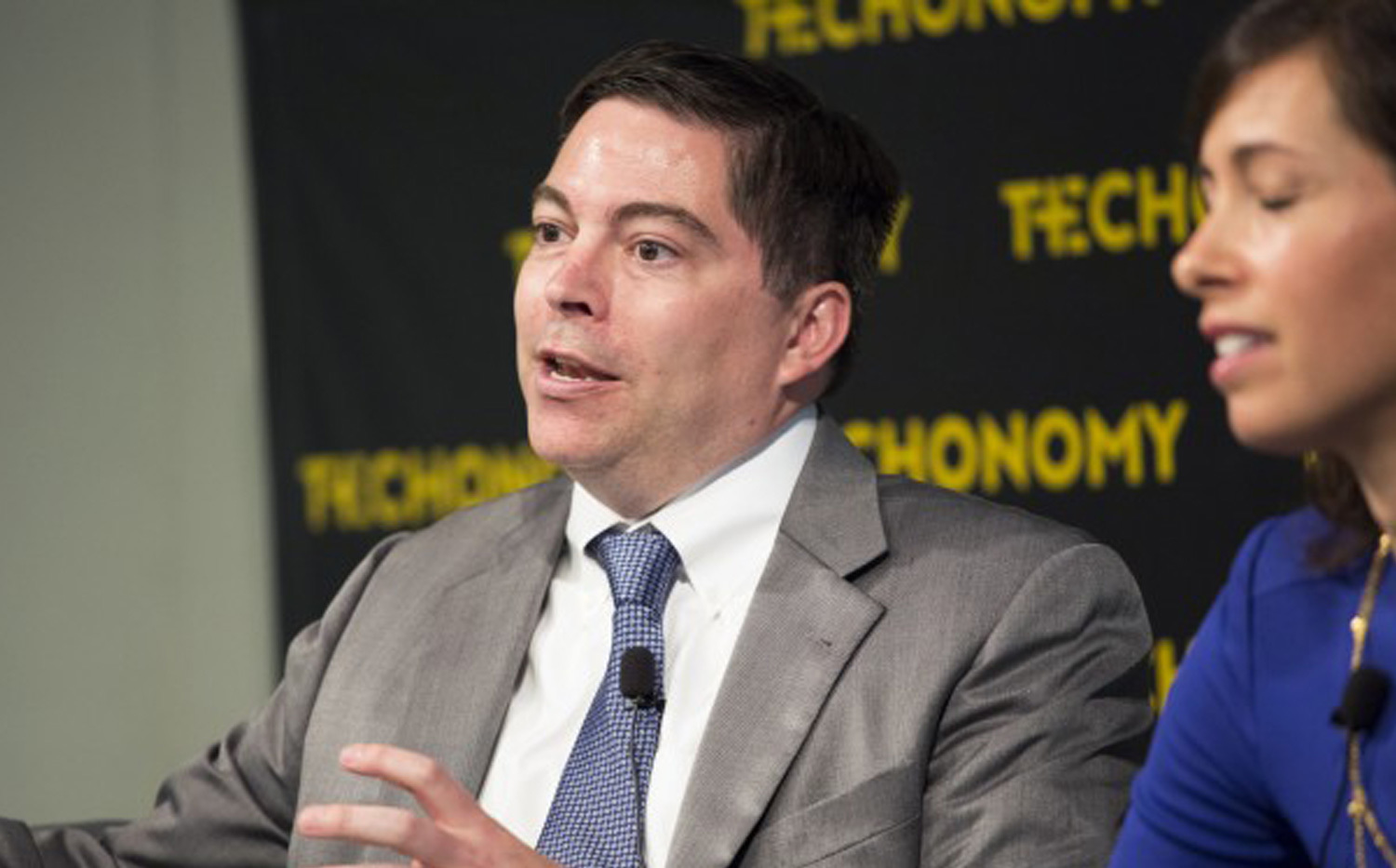“Flexible Use” Spectrum Too Big a Stretch for Broadband Access

Photo Credit: Techonomy.com link
At the recent 5G Americas’ Technology Briefing, we were disappointed to hear FCC Commissioner O’Rielly reiterate his support for “flexible use” of the 3.7 to 4.2 GHz band: “Another group of entities has proposed a plan that would favor fixed operations in the band, but this is counter to flexible use policies and is not appropriate". With over 33 companies and trade associations now supporting the Broadband Access Coalition (BAC) proposal to allocate the 3.7 GHz band for fixed access, we believe Commissioner O’Rielly is on the wrong side of the BAC petition, continuing the mobile-friendly rhetoric of “flexible use spectrum” in the face of challenging fixed-versus-mobile economics.
Contrary to the Commissioner’s assertions, the BAC petition does not actually favor fixed over mobile. In fact, the basis of our petition is that fixed wireless access can share the spectrum today with fixed satellite operations, while mobile services clearly cannot. Quite the opposite of “flexible use,” the mobile players covet exclusive use of a portion of the 3.7 GHz band, by moving the satellite operators out of the spectrum through an auction, a process that will take at least five years to complete at an immeasurable cost to American consumers. Why should the fixed industry and consumers continue to suffer from lack of access to this critical spectrum, when fixed access providers can quickly and easily share the band with incumbent satellite operators?
Clearly, we all agree that broadband competition is desperately needed in the U.S. A full 75% of Americans do not have a choice for their broadband service provider. In contrast, at least three mobile service providers serve all major markets in the US. By holding off access to the entire 3.7 GHz band until an auction can be held for the mobile operators, three things are certain to occur:
First, the big guys are going to bid up the cost of the spectrum, effectively prohibiting new service providers from offering competitive broadband access. If the incumbent access providers secure this critical spectrum for their exclusive use, there remains no viable spectrum to compete for last-mile point-to-multipoint service. Anyone else in the fixed wireless business will be forced to compete using either congested unlicensed spectrum (e.g. 5 GHz), or small slivers of licensed spectrum, insufficient to compete with cable and fiber. And even if available, most of those licensed slivers (2.5 GHz and 3.5 GHz) are too expensive except for the largest of the independent operators.
Second, the big guys will most certainly seek licenses covering the broadest possible areas, as we’ve seen in the CBRS band, effectively blocking all but the largest players from competing. These so-called “Partial Economic Areas” (PEAs) are generously drawn to consolidate major urban centers like Los Angeles together with sparsely populated regions lacking any form of internet access. This business approach means that rural portions of PEAs that could potentially be serviced with Gigabit-speed fixed access will almost certainly continue to be neglected by mobile operators focused on easy revenue generation. As the CTO of T-Mobile US, Neville Ray, asserted, “The 3.7 GHz band will become the workhorse of 5G mobile networks,” while also explicitly stating that T-Mobile has no interest in offering fixed access.
Finally, once the big guys secure the spectrum at auction for billions of dollars, the cost outlay will be much too expensive for them to then offer fixed access service at a price that consumers are willing to pay. Americans already consume more than 200 GB/month in video content, and that number will only continue to rise as traditional paid-TV service gives way to over-the-top streaming services. Knowing that consumers want to pay $50/month or less for even Gigabit-speed home internet access, the big guys will inevitably want to reserve that costly spectrum for the higher prices they can charge for mobile service.
It’s time that the FCC Commissioners act to craft a long-term plan to secure the 3.7 GHz band for the good of the American broadband consumer. Waiting five years for a flexible use spectrum auction is clearly not the answer. The Broadband Access Coalition has put forth a viable and concrete proposal for near-term use by the fixed industry, without forestalling future mobile access. In the interest of both rural consumers who lack even basic internet access, and suburban and urban consumers who lack choice, we call upon the FCC to take action in the interest of all American consumers, and not just the largest operators with the greatest lobbying power.